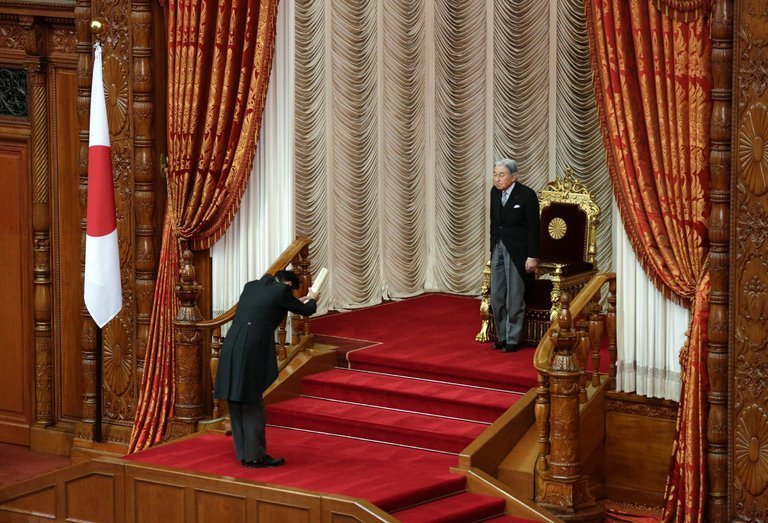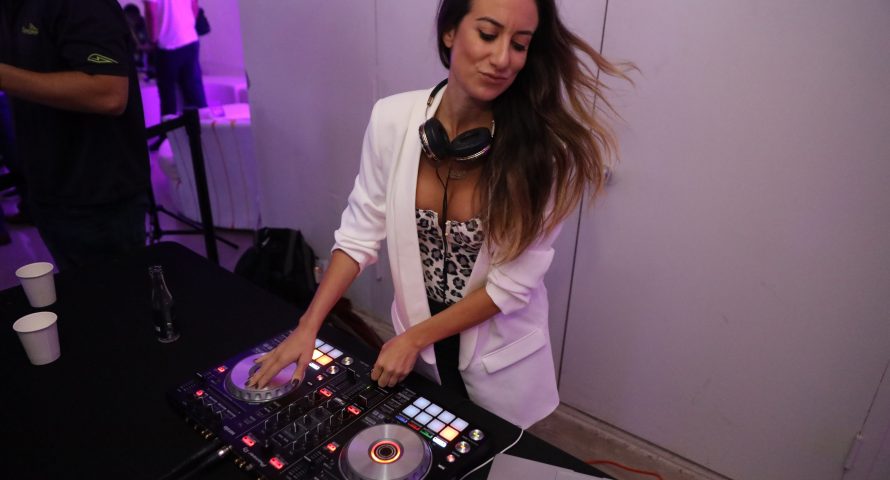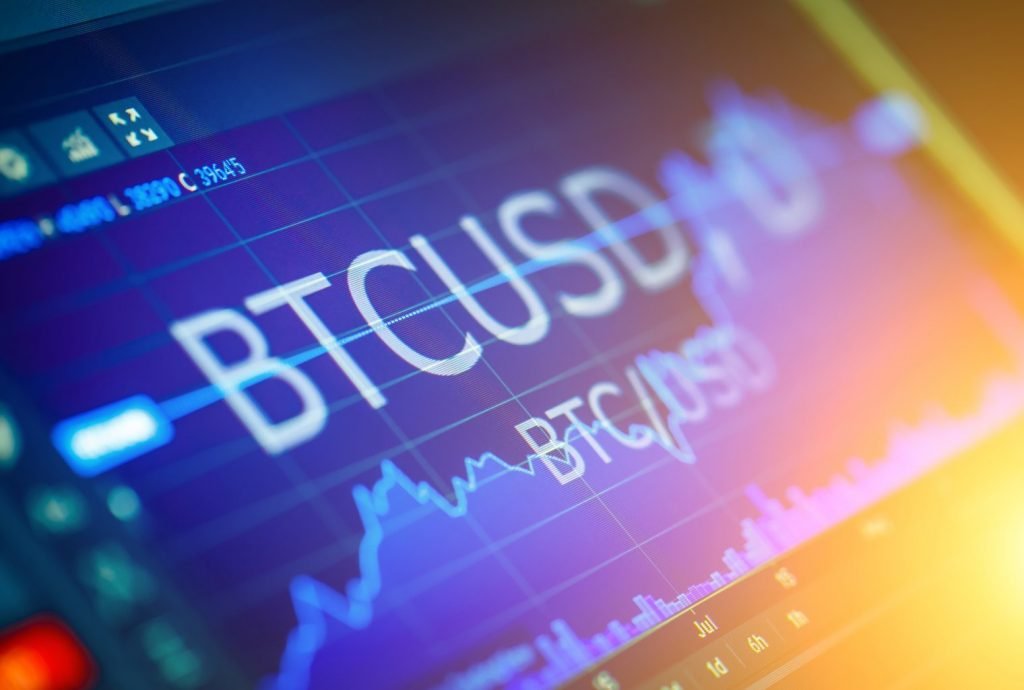
Early stage investment opportunities
With the growth of the crypto asset (virtual currency) market, new projects are appearing one after another as of May 2023. These projects generally use a method called “token sale” for the purpose of raising funds, but the selling method has become more diversified and complicated in recent years.
For general investors, there are many times when it may be difficult to understand how the token sale works and how to participate. In this article, we will explain the overview of the token sale, types, sales locations (platforms), and points to check when participating.
- table of contents
-
- What is token sale
- Token sale timing
- platform
- Terms of sale
- Token sale check items
- Token sale example
- important point
1. What is Token Sale?
Token sale is a method of offering new tokens to investors as compensation when a cryptocurrency project raises funds. The “token sale” referred to in this article focuses on the “public sale”, which raises funds from general investors.
This will allow the project to obtain development funds, and investors are expected to be involved in the development of the project from an early stage and contribute to the future growth of the ecosystem.
2. Timing of Token Sale
It is common for cryptocurrency projects to be funded by the development organization. Public sale using tokens is one of the means.
Public sales are held at various stages depending on the progress of the project and market conditions. The unit price of tokens sold may be affected by these factors. Therefore, determining at what stage of the project the public sale will be held is one of the points in making a purchase decision. The main timings of the token sale are as follows.
- Pre-seed: Fundraising for the Idea Validation Stage
- Seed: Fundraising to start a business
- Private Sale: Pre-sale to select investors
- Series ABC: Fundraising for Business Expansion
- Public Sale: Sale for general investors
3. Platform
Public sales include ICO (Initial Coin Offering) and IEO (Initial Exchange Offering). Here, we will introduce the main platforms where the token sale will be held and their characteristics.
●IEO (Initial Exchange Offering): A method of selling new tokens to general investors sponsored by a virtual currency exchange. It is expected that the exchange will review and market the project and ensure the liquidity of the token.
● Direct Investment: A way for investors to directly fund the project and acquire tokens. Working directly with the project can be risky. Prominent projects tend to be limited to private sales.
Various DeFi: There are cases such as token sale “IDO (Initial DEX Offering)” on decentralized exchanges, NFT sales, and future airdrops and benefits. It is necessary to pay attention to whether the contract and platform are secure. There have also been instances of developers withdrawing funds from liquidity pools if they built them internally.
4. Terms of sale
Token sales have rules that determine the price of tokens and the amount that can be purchased. Typical terms of sale include:
●Fixed Price/Unlimited: A type in which tokens are provided at a fixed price and no purchase limit is set. The higher the demand for tokens, the better for the seller.
●Fixed price/soft cap + hard cap: A fixed price with a minimum procurement amount (soft cap) and maximum procurement amount (hard cap) set. For this type, it is important whether the soft cap or hard cap is set appropriately.
● LBP (Liquidity Bootstrapping Pool): A token sale that starts at a high token price and gradually decreases over time, raising funds in a manner similar to a Dutch auction.
5. Token Sale Check Items
This section describes important points to check before participating in the token sale. Each point is important in understanding the investment risk and return (risk reward).
Risk-reward refers to the balance between risk (potential loss) and return (potential gain) associated with an investment. Understanding the appropriate risk-reward allows investors to make the best investment decisions for themselves.
1. Evaluate platform safety and reputation
Ensure that the platforms and contracts where token sales are conducted are secure and trustworthy. Check for concerns such as proprietary smart contracts that developers can cheat with.
2. Token allocation (initial investment, team, etc.)
If you are raising funds through a private sale, etc. before the public sale, confirm the sales unit price and quantity. Check how the project’s tokens are distributed in the token allocation (allocation) and whether the allocation ratio of the development team, advisors, marketing, reserves, ecosystem development, etc. is appropriate.
3. Evaluate potential post-listing selling pressure
Is there a token lock-up clause in place for early investors, and for how long? A lockup is a measure that prevents a token from being sold for a certain period of time, thereby mitigating the risk of a sudden drop in price due to the sale. Also check the “besting period” during which the right to receive tokens is gradually lifted. A short vesting period risks increasing token liquidity.
4. Evaluate potential post-listing demand
Evaluate the token sale unit price, sales volume, and procurement amount by comparing with similar projects. Estimate demand by comparing with successful projects in the same genre. Also important is the presence or absence of utility (practicality) related to the product.
5. Project evaluation
Based on the current status of the project, the background and achievements of the development team, advisors and partnerships, and the progress of development, we will judge whether the token evaluation is appropriate. Infer investor interest on the project’s social media, Google Trends, etc.
Comprehensive analysis of these factors will help you judge the risks and returns of participating in the token sale and make better investment decisions.
6. Token Sale Success Stories
As a past example, we will analyze four token sales that have achieved significant investment results on Binance Launchpad, a leading and successful IEO platform in the cryptocurrency market. Let’s examine the conditions, such as the token price, supply amount, and procurement amount, for each.
| project | Timing of IEO | IEO requirements | Pre-IEO fundraising | Project team (Main initial investor) Lockup conditions |
|---|---|---|---|---|
| Polygon (MATIC) | April 24, 2019 | a, Unit price of $0.00263 b, Number of sales 19% of supply c, Procurement amount $5 million |
①Seed: a, $0.005 b, 2.09% of supply c, $165,000 ②Early Supporters: a, $0.00263 b, 1.71% of supply c, $450,000 |
Indian, from Housing.com, WazirX, Deloitte (Coinbase Ventures, etc.) *50% unlocked 1 month after TGE (reference) |
| The Sandbox (SAND) | August 13, 2020 | a, $0.008333 b, 12% of supply c, $3 million |
①Private (Strategic): a, $0.0036 b, 4% of supply c, $600,000 ②Seed: a, $0.0050 b, 17.1% of supply c, $2.57 million |
Has experience in mobile game development as Pixowl, raised $2.5 million in Funding Round in May 2019 (Hashed, Klayton, etc.) *For both ① and ②, 20% release every 6 months after 12 months lockup (reference) |
| Axie Infinity (AXS) | November 4, 2020 | a, $0.1 b, 11% of supply c, $2.97 million |
Private sale: a, $0.08 b, 4% of supply c, $864,000 |
Mobile game developer-centric Sky Mavis (raised $1.5 million in seed investment in November 2019, Animoca Brands, Hashed, ConsenSys, etc.) * 20% unlocked at the time of listing (reference) |
| STEPN (GMT) | March 2, 2022 | a, $0.01 b, 7% of supply c, $4.2 million |
Private sale: a, $0.005 b, 16.3% of supply c, $4.89 million |
Mainly from Ubisoft, Binance, Cryptokicks development track record (Raising $ 5 million in Funding Rounds in January 2022, Sequoia Capital, Solana Ventures, etc.) *20% unlocked every 6 months after lockup for 12 months (reference) |
Looking at the investment terms of Axie Infinity, Stepn, Polygon and Sandbox based on four analytical criteria other than “platform safety”, we can find commonalities:
1. Stages of funding: All projects have pre-IEO fundraising (seed, private sale, etc.) to ensure sufficient R&D and working capital for project growth.
2. Token Price: The pre-IEO fundraising stage and the token price at the IEO are gradually increasing, which may indicate that the project’s credibility and future prospects are being evaluated by the market. Investors may perceive the project to be gaining market appreciation and hope that the price will continue to rise if the technical analysis is positive.
3. Lockup period: All projects have a lock-up period at the fundraising stage before IEO, so we can expect low selling pressure after listing. In addition, the gradual unlocking schedule reduces the risk of a large number of tokens being sold at once.
4. Project team and early investors: In all projects, the project team has a wealth of experience and achievements, and highly reliable initial investors and venture capital are involved in funding. As a result, the future potential of the project can be expected to be highly evaluated.
Based on these commonalities, Axie Infinity, Stepn, Polygon and Sandbox are projects with attractive investment conditions for investors. In fact, the ROI (return on investment) of the four projects immediately after the IEO listing was high.
| virtual currency | IEO sales unit price | Closing price at listing | ROI |
|---|---|---|---|
| MATIC | $0.00263 | $0.0044 | 1.67 times |
| SAND | $0.008333 | $0.066 | 7.9 times |
| AXS | $0.1 | $0.18 | 1.8 times |
| GMT | $0.01 | $0.14 | 14 times |
Taking STEPN (GMT) as an example, which hit up to 14x ROI, out of the total supply (6 billion GMT in total), 978 million GMT and 420 million GMT were allocated in the private sale and the Binance Launchpad sale respectively. rice field.
Due to the lockup conditions, the initial circulation at the time of listing on Binance was limited to 600 million GMT, which is 10% of the total supply. This may have kept the selling pressure low immediately after listing and prevented the token price from falling sharply.
On the other hand, the price difference between the private sale and the IEO may have increased incentives for private sale participants and increased willingness to purchase at the IEO. In addition, it is believed that the fact that the funding amount was appropriately set also increased investor confidence.
7. Notes
Token sale involves risk. Some projects are fraudulent or fail, so investors should research carefully and fully understand the risks.
In this article, we focused on the “token sale” and explained the topics such as the token price, supply amount, and procurement amount. As such, please note that we do not cover other related topics such as risks, regulations and tax considerations.
connection:What is IEO, a new method of raising funds for cryptocurrencies | Explaining the differences and advantages from ICOs
5 points to note about token sales, learned from successful cryptocurrency IEOs Our Bitcoin News.


